Buddha gardens are a peaceful and serene way to bring the calming energy of meditation into your backyard or outdoor space. Whether you’re looking for a small corner to meditate in, or want to create an entire landscape dedicated to the teachings of Buddhism, there are plenty of ways to incorporate Buddhist elements into any garden design. From lush landscaping featuring bonsai trees and stone pathways, to simple water features that bring tranquility, here are some ideas for creating a beautiful Buddha Garden that will inspire mindfulness and relaxation.
Buddhist Garden Elements
The primary elements of a Buddha Garden are those that symbolize the core principles of Buddhism, such as balance and harmony.
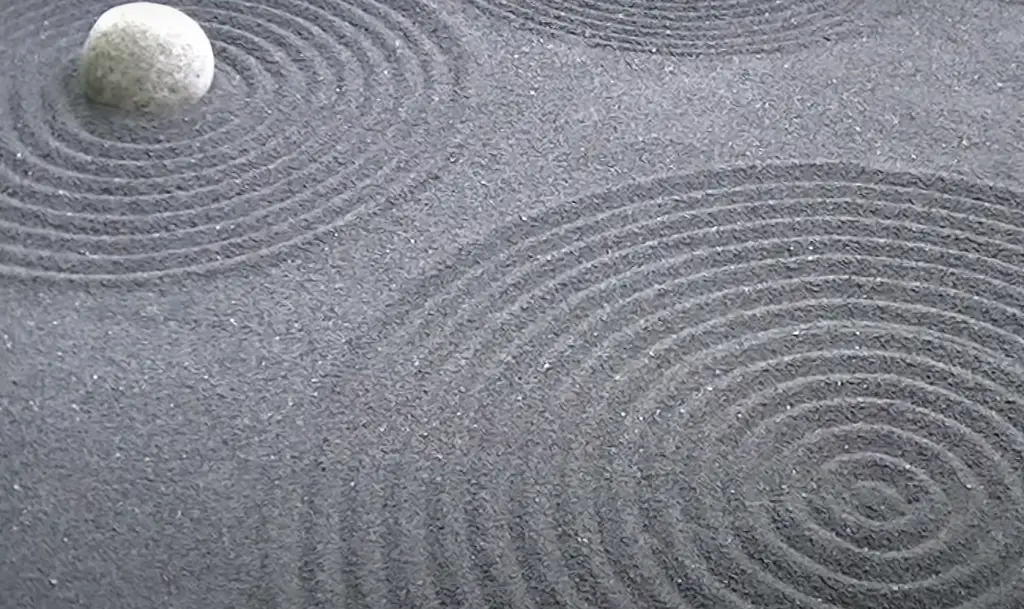
Incorporating these symbols into your garden design will create a space for contemplation and meditation.
Cordon Off A Quiet Space
Creating space of privacy and seren is essential for any Buddha Garden. Incorporating fencing, trellises or even shrubs to create a quiet corner where you can go to relax and meditate will allow the energy of the garden to flow freely.
Use Statues As Focal Points
A great way to create a special atmosphere in your Buddha garden is by using statues as focal points.
Strategically positioning them will draw attention to certain areas, while also providing spiritual significance. In addition to statues, you can also incorporate other objects, such as prayer wheels or wind chimes. These elements contribute to a tranquil and serene atmosphere in your garden.Mix Things Up With Your Materials
When it comes to bringing your Buddha garden ideas to life, don’t be afraid to mix up the different materials you use. Use stones and pebbles for pathways, adding in some plants and trees as you go. Create a beautiful water feature using a fountain or pond, as well as some colorful flowers like lilies or chrysanthemums. Incorporate a few Buddha statues or figurines to add some spiritual touches to your garden, and don’t forget about candles or incense to create an atmosphere of peace and tranquility. With the right mix of materials, you can make your Buddha garden both beautiful and inspirational.
Incorporate Some Seating
When designing a Buddha garden, it’s important to think about the type of seating you’ll want in your garden. Whether you incorporate benches, chairs, or even sofas into your design, having seating is one of the most important elements when creating a space to relax and reflect.
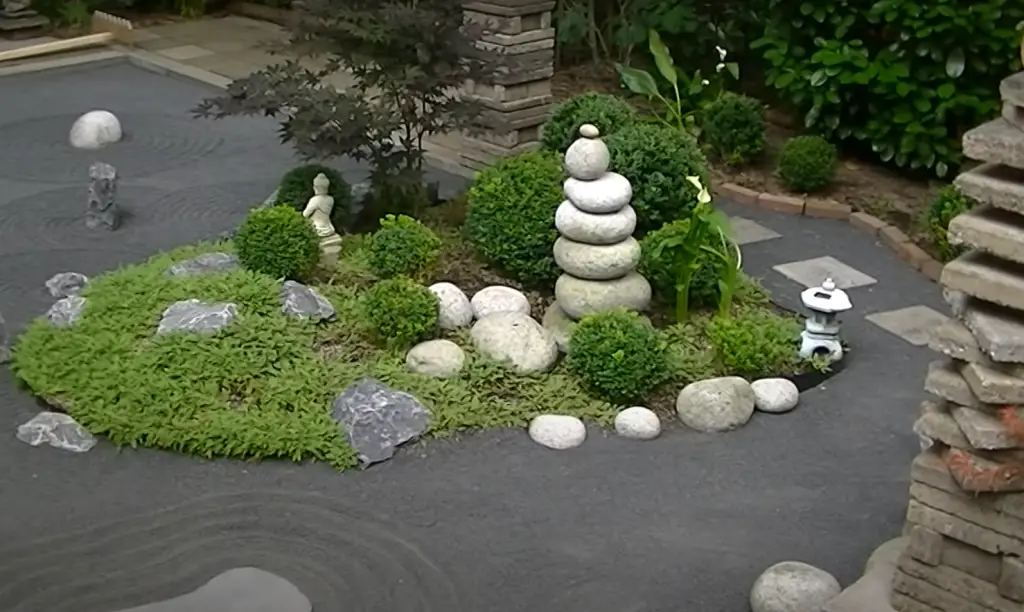
Select furniture that is appropriate for the size of your garden, and sure to use weather-resistant that will last for years. you have your seating in place add some accent pieces such asions or throw blankets to make the feel more inviting.
Lotus Flower
The lotus flower is a popular symbol in Buddhism and can be used to create an authentic zen look in any garden. Lotus flowers come in many colors including pink, white, yellow and blue and they will bring a sense of peace and serenity to the garden. One can plant them directly into the soil or place them in large planters and they will add a unique beauty to the Buddha garden. To make it even more special, one can add some Buddhist symbols like statues or wind chimes to enhance the spiritual feel of the garden. By incorporating lotus flowers into your design, you can create an oasis of tranquility in your own backyard. [1]
Creating A Buddhist Garden
Creating a Buddhist garden is a wonderful way to bring peace and tranquility into your outdoor space. A Buddhist garden can be both aesthetically pleasing and spiritually uplifting, allowing you to create a special place that cultivates mindfulness.
When designing your garden, it’s important to remember the symbolic elements of Buddhism: love, compassion, understanding, and wisdom. While you may find inspiration in traditional Japanese Zen gardens or Indian Chaitya courtyards, there are many ways to personalize your garden and make it uniquely yours.
Beyond Backyard Buddha Statue Placements
Creating a peaceful sanctuary for yourself is easy with the addition of Buddha garden ideas.
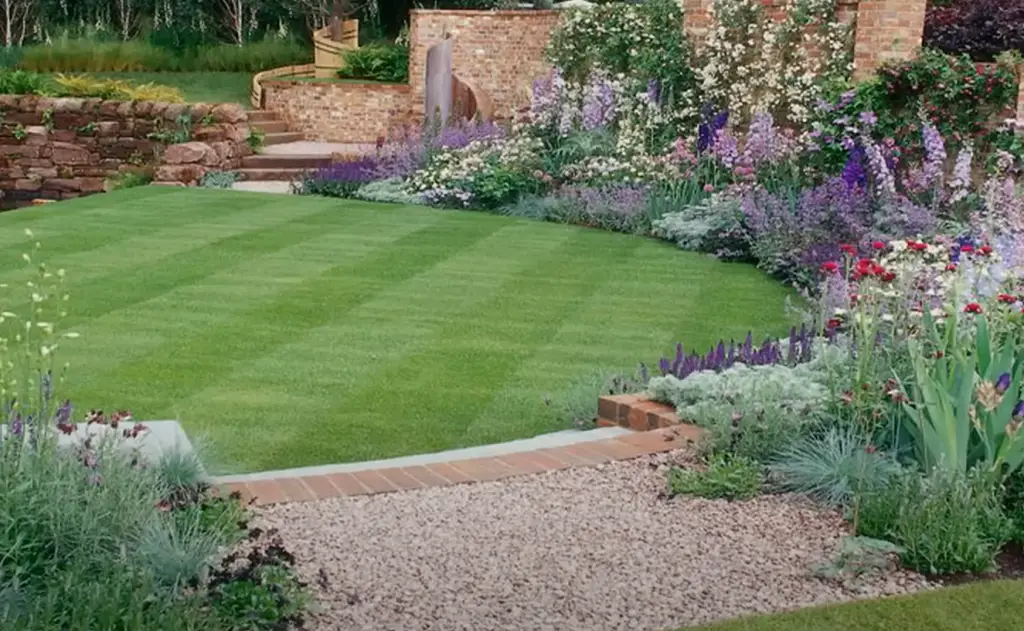
Whether you have a large outdoor space or a small balcony, there are plenty of ways to bring serenity into your home. With some creative landscaping and thoughtful decor, you can transform any outdoor area into a calming oasis.
Front Porch
A great way to start is by installing a peaceful Buddha statue on your front porch. Place it close to the entrance and make sure that it is properly lit. This will create an eye-catching focal point, while also paying homage to a great spiritual leader. You can also add some potted plants around the statue for extra color and texture.
Side Yard Placements
Side yards are often overlooked but can be a great place to add small Buddha garden ideas.
Place a wooden bench near the garden for peaceful reflection. Other options include placing potted plants, flowers, or shrubs in the side yard for an added touch of nature. A water feature such as a small fountain or shallow pond can also create a calming atmosphere. With careful planning and attention to detail, side yards can be transformed into beautiful spaces that make the perfect backdrop for Buddha statue placements. Adding appropriate lighting to the garden will further enhance its beauty and aid in contemplation when night falls. With a few imaginative touches, any side yard can become an oasis of tranquility and restful contemplation.Front Yard Locations
The front yard of your home is one of the best places to create a Buddha Garden. This area can be used as an outdoor sanctuary where you can take a break from the hustle and bustle of everyday life and meditate in peace. If you have the space, adding a pond or fountain to the garden will make it even more tranquil.You should also consider adding a variety of plants, flowers and trees to your Buddha garden. Some popular choices include bamboo, lotus, cherry blossom trees and Japanese maples. You can also add statues or sculptures of Buddha to the garden for a more spiritual ambiance. If you want a more unique look, decorate your garden with lanterns and small benches where visitors can sit and relax. By adding rocks, stepping stones and other decorations, you can create an inviting space for everyone that visits. A path made of sand or gravel can also create a peaceful atmosphere. Finally, adding potted plants and hanging baskets of flowers is an excellent way to give your Buddha garden a touch of nature. [2]
Choosing Buddha Statue Pose and Material
When selecting a Buddha statue for your garden, consider both the pose and material of the statue. Different poses symbolize different meanings, such as happiness, peace or mindfulness.
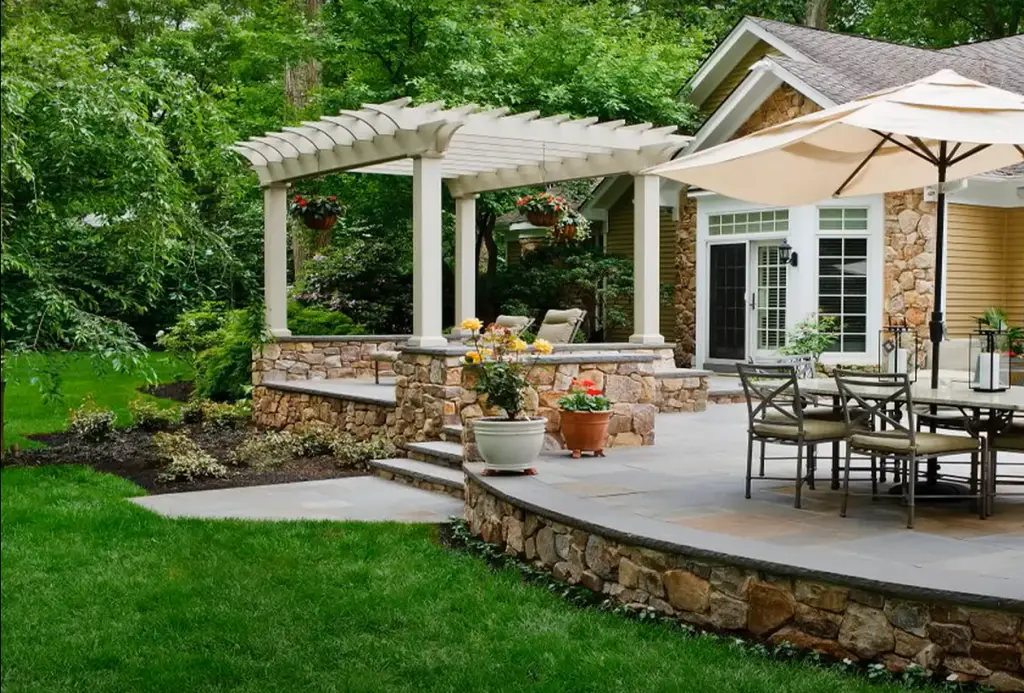
The most common pose is a seated Buddha with his hands in the Dhyana Mudra or meditation gesture. Materials range from stone or metal to resin or wood. Whichever you choose, make sure that the statue is both weatherproof and stable. Since this piece will be outside, weatherproofing is key to ensure it lasts for years to come.
Tips For Outdoor Buddha Statue Placements
- Choose a spot that is elevated, such as a pedestal or platform, to place your outdoor Buddha statue. This ensures the statue is visible and accessible from all sides and can be appreciated by everyone.
- Make sure your Buddha garden is in direct sight of the sun’s rays for maximum effect. If your garden is shaded, the Buddha statue may not be as visible and can become more of a background feature.
- If your outdoor Buddha statue will be surrounded by plants or other decorations, try to keep the area around it uncluttered so that the beauty of the statue stands out from its surroundings.
- Consider the height of your outdoor Buddha statue and be sure to place it in an area where it won’t be obstructed by trees or other objects.
- If you plan to purchase more than one Buddha statue for your garden, consider creating a grouping that is aesthetically pleasing. You may want to pair two smaller statues together, or group multiple statues of different sizes around a central piece. [4]
FAQ
What do you put in a Buddha garden?
A Buddha garden typically includes a variety of plants and decorations that are meant to evoke feelings of peace and serenity. This can include things like bonsai trees, spiritual statues, water features, and plants associated with Buddhism such as lotus flowers or bamboo. You may also want to add other decorative items such as lanterns or wind chimes to help create a tranquil atmosphere. Of course, you can always customize your Buddha garden with any elements that bring you joy and peace.
How do you arrange a Buddha in a garden?
Arranging a Buddha in your garden can be a great way to add a spiritual touch. To create the perfect setting, you’ll want to consider your landscape and choose an appropriate spot for placing your statue. Here are some tips for arranging a Buddha in your garden:
- Choose the right size of Buddha for the space. A larger statue will require more room and can overwhelm a small garden, while a smaller one may look lost in a large area.
- Ensure the Buddha is placed at an appropriate level; too high or too low can make it appear out of place.
- Place the Buddha on an even surface or base to ensure good stability, such as a platform made of natural stones.
What plants go with a Buddha?
When creating a Buddha garden, it is important to focus on the plants that will create an atmosphere of tranquility and peace. Plants like bamboo, jasmine, and lavender are all good choices because they have calming effects and promote relaxation. Other options include lotus flowers, which represent spiritual enlightenment, as well as cherry blossoms or chrysanthemums, which represent joy and optimism. Additionally, you can add other plants such as magnolia trees or ferns for a more lush appeal. Finally, it is important to choose plants that are native to the area, as this will ensure that your garden thrives.
What is Buddha’s favorite plant?
Buddha’s favorite plant is believed to be the Sacred Fig tree, also known as the Bodhi Tree. It is said that Buddha attained enlightenment while sitting beneath a Bodhi Tree, and since then it has become an important symbol in Buddhism. The leaves of this species are large and heart-shaped, making them perfect for creating a beautiful, calming atmosphere in the garden. Other plants that might be associated with Buddha include bonsai trees, lotus flowers, bamboo, and green jade plants. Each of these brings their own unique characteristics to the garden and many practitioners find them to be a very peaceful addition. Additionally, they can help create an environment of mindfulness in the garden.
Is it OK to put Buddha on the ground?
It’s perfectly alright to place a Buddha statue on the ground, as long as it’s in a respectful spot. This can be an area of your garden that is quiet and peaceful and offers reverence to the teachings of Buddhism. Make sure there is nothing above or below the statue that could be disrespectful or cause harm. It should not be placed in a location where it may be damaged or walked over. Additionally, make sure not to place the Buddha in direct sunlight, as this can fade its colors and damage the material.
Which direction must Buddha face?
The most important consideration when setting up a Buddha Garden is the direction in which the statue should face. Hindu and Buddhist traditions dictate that it should be facing east, as this symbolizes understanding and clarity. Some variations on this include north or northeast, depending on where exactly you are located in relation to the cardinal directions.

You can also use your intuition to decide which way the Buddha should face in your garden. Placing it facing towards a view or peaceful area is also acceptable. Additionally, you need to ensure that the statue is placed high enough so that onlookers are not looking down on it, as this is seen as disrespectful. Finally, placing stones at the base of the statue for stability can help to ensure that it isn’t easily knocked over.
Is it OK to have a Buddha statue?
It is perfectly OK to have a Buddha statue in your garden. In fact, it can be a great way to add an element of spiritual beauty to your outdoor space. You can choose from many different styles and sizes of statues, so you can find the perfect one that works best in your garden setting. When selecting a Buddha statue for your garden, make sure to choose one that is made from high-quality materials like stone or bronze. Keep in mind that Buddha statues should always be placed on a flat surface with no sharp edges that could cause injury or harm. If you’re looking for some design inspiration, consider adding a small water feature around the base of the statue as a calming and peaceful touch. You can also add plants, flowers, or even candles to make your Buddha garden complete.
What is the right place for Buddha at home?
The right place to put a Buddha statue in your home is somewhere peaceful and tranquil. The most common areas are the living room, bedroom, or garden but you could also place it in any other space that has an atmosphere of serenity and balance. When choosing where to install the statue, make sure that it will have enough space for it and that it won’t be prone to any damage. You may also want to consider what type of material the statue is made from, as different materials will require different levels of maintenance and care. Finally, make sure to place the statue in an area where you can see it without distractions, as focusing on its presence can help create a sense of peace in your home.
What colors does Buddha like?
Buddha is often associated with serene and calming colors like blues, greens, and lavenders. These tones work in harmony to create a tranquil atmosphere that is perfect for meditation or reflection. Other popular colors used in Buddha garden designs are earthy; browns, rusts, and beiges. These warm tones can evoke feelings of comfort and security. Accents of brighter colors like oranges, yellows, and reds can also be used to create a vibrant atmosphere. Whatever color palette you decide on will ultimately depend on your style preference and the overall look that you want to achieve.
What are the 5 offerings to Buddha?
- Incense – Burning incense is believed to purify the air and create a pleasant environment for Buddha.
- Flowers – Flowers symbolize purity and can be used to make offerings of reverence, joy, gratitude and apology.
- Lights – Candles or lit lamps represent illumination and knowledge that Buddhas offer us.
Useful Video: Zen Garden Ideas and Design. Japanese Zen Garden Landscape Inspiration.
Conclusion
With all of the great ideas for creating a Buddha garden, you can create a tranquil oasis in your backyard. Your meditation spot doesn’t have to be complicated or expensive; it could just include a few plants and rocks, with some soothing colors. Whether you want to create an elaborate outdoor space or something more simple, adding elements of the Buddhist culture and religion to your garden can be a great way to relax and reflect. A peaceful Buddha garden is something that you, your family, and friends can enjoy for many years to come!
References:
- https://www.gardeningknowhow.com/special/spaces/buddhist-garden-ideas.htm
- https://www.culturesouthwest.org.uk/garden/how-to-create-a-buddha-themed-garden/
- https://feng-shui.lovetoknow.com/feng-shui-tips/choosing-placing-outdoor-buddha-statues
- https://www.etsy.com/market/buddha_garden





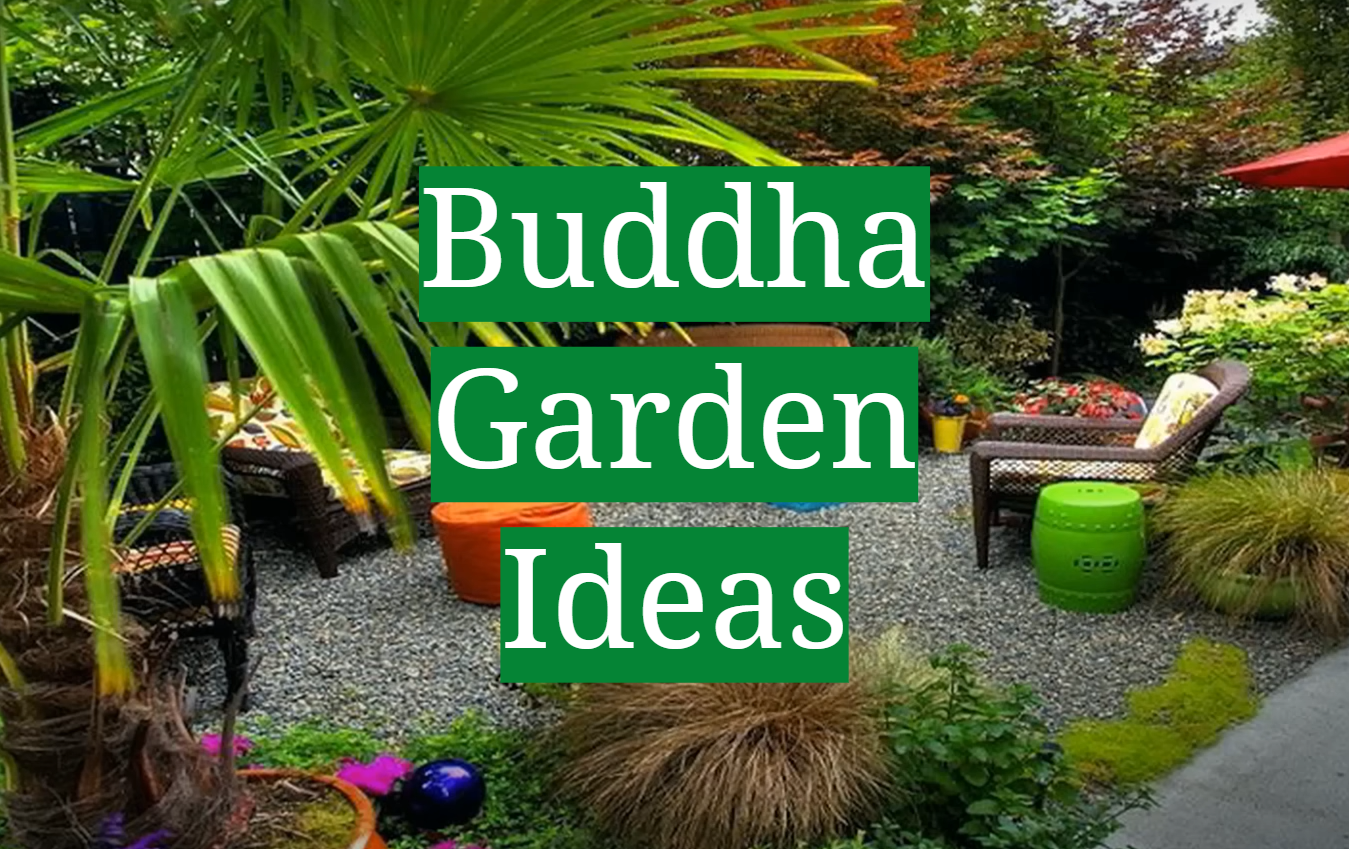




Leave a Reply
View Comments